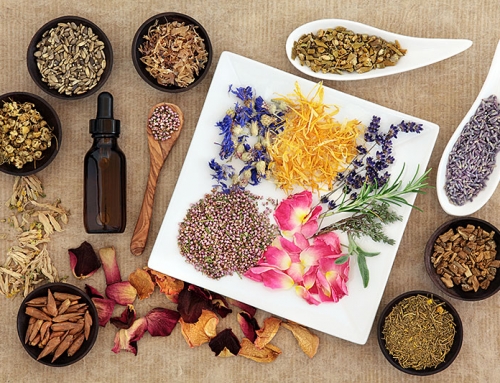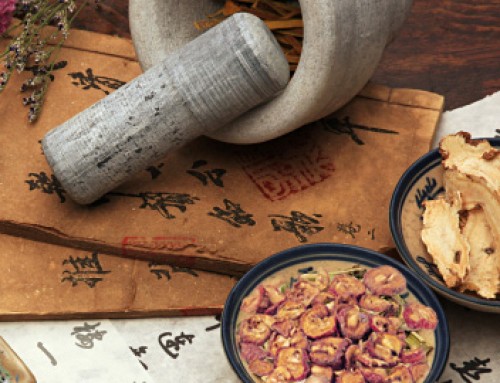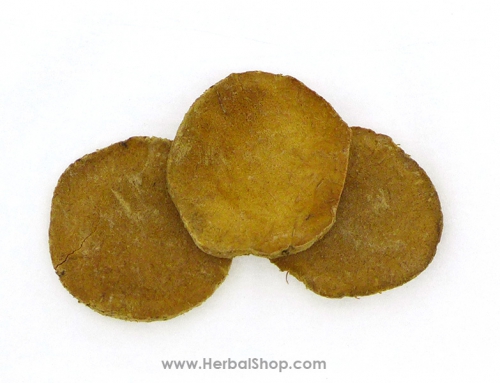梔子
Capejasmine (Zhizi) 
Pharmaceutical Name: Pructus Gardeniae
Botanical Name: Gardenia jaminoides Ellis
Common Name: Gardenia fruit, Capejasmine fruit
Source of Earliest Record: Shennong Bencao Jing
Part Used: The fruit is gathered in autumn or winter when it is ripe. Either the raw herb or the carbonized herb is used.
Natural Properties & Taste: Bitter and cold
 Meridians: Heart, liver, lung, stomach and triple jiao
Meridians: Heart, liver, lung, stomach and triple jiao
Therapeutic Effects:
• Purges sthenic fire to relieve vexation.
• Cools and reduces fever and heat.
• Expels heat to promote diuresis.
• Clears away toxic substances.
• Cools the blood and stop bleeding.
• Relieves dysphoria, restlessness, irritability, nose bleeding, sore eyes, blood in urine and sputum.
Indications:
1. Febrile diseases manifested as high fever, irritability, delirium and loss of consciousness. Capejasmine (Zhizi) is used with Prepared soybean (Douchi), Forsythia fruit (Lianqiao) and Scutellaria root (Huangqin).
2. Jaundice with fever and dysuria. Capejasmine (Zhizi) is used with Oriental wormwood (Yinchenhao), Rhubarb (Dahuang) and Phellodendron bark (Huangbai).
3. Extravasation caused by heat in the blood manifested as vomiting blood, epistaxis and hematuria. Capejasmine (Zhizi) is used with Imperata rhizome (Baimaogen), Fresh rehmannia root (Shengdihuang) and Scutellaria root (Huangqin).
4. Boils and carbuncles. Capejasmine (Zhizi) is used with Coptis root (Huanglian), Scutellaria root (Huangqin) and Honeysuckle flower (Jinyinhua).
Dosage: 3-10 g
Cautions & Contraindications: The herb is contraindicated in cases with weakness of the spleen and diarrhea.






